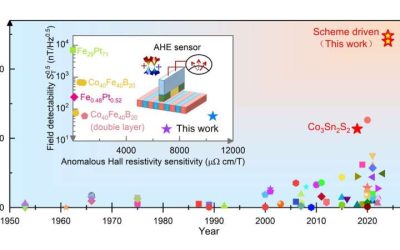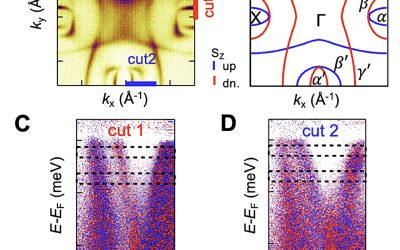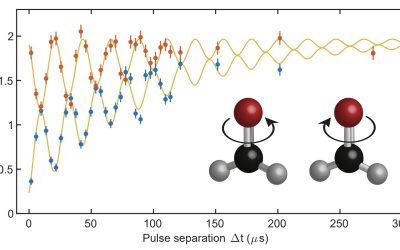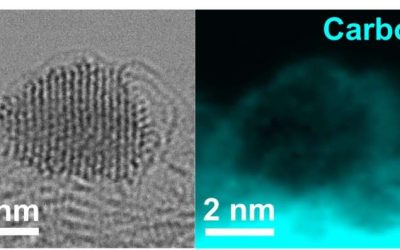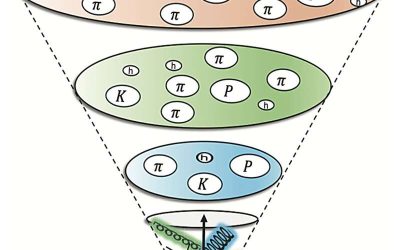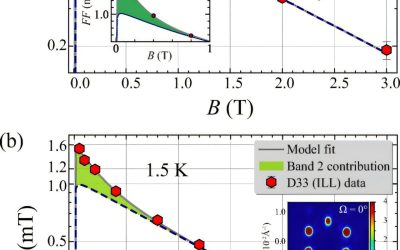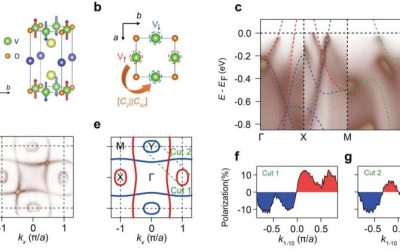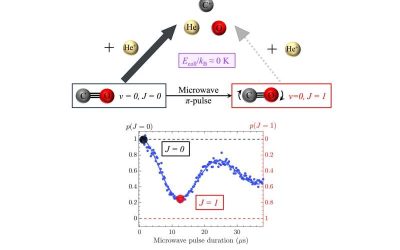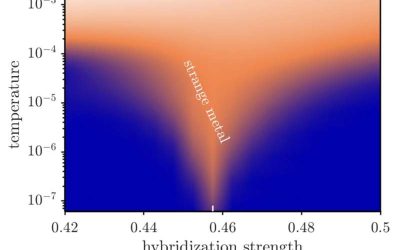When an electric current passes through some materials, it generates a voltage perpendicular to the direction in which the current is flowing and of an applied magnetic field. This physical phenomenon, known as the anomalous Hall effect, has been linked to the...
Physics
Layered room-temperature altermagnet shows promise for advanced spintronics
Traditionally, magnetic materials have been divided into two main categories: ferromagnets and antiferromagnets. Over the past few years, however, physicists have uncovered the existence of altermagnets, a new type of magnetic material that exhibits features of both...
Study realizes symmetry-protected molecular qubits based on cold polyatomic molecules
Over the past decades, researchers have been trying to develop increasingly advanced and powerful quantum computers, which could outperform classical computers on some tasks. To attain this, they have been trying to identify new ways to store and manipulate qubits,...
Pt nano-catalyst with graphene pockets enhances fuel cell durability and efficiency
The manufacturing and deployment of hybrid and electric vehicles is on the rise, contributing to ongoing efforts to decarbonize the transport industry. While cars and smaller vehicles can be powered using lithium batteries, electrifying heavy-duty vehicles, such as...
A new approach to probe hadronization via quantum entanglement
Recent physics studies have discovered that quarks and gluons inside protons, which are subatomic positively charged particles, exhibit maximal quantum entanglement at high energies. Entanglement is a physical phenomenon that entails correlations between distant...
Simulating quantum magnetism with a digital quantum computer
Quantum computers, which process information leveraging quantum mechanical effects, have the potential to outperform classical computers in some optimization and computational tasks. In addition, they could be used to simulate complex quantum systems that cannot be...
Study unveils contributions to superconductivity in the vortex lattice structure of 2H-NbSe₂
Superconductivity is a quantum property of materials entailing an electrical resistance of zero at very low temperatures. In some materials, multiple electronic bands are known to contribute to the emergence of superconductivity, leading to multiple superconducting...
Physicists uncover a metallic altermagnet with d-wave spin splitting at room temperature
For many years, physics studies focused on two main types of magnetism, namely ferromagnetism and antiferromagnetism. The first type entails the alignment of electron spins in the same direction, while the latter entails the alignment of electron spins in alternating,...
Microwave pulses can control ion-molecule reactions at near absolute zero
A key objective of ongoing research rooted in molecular physics is to understand and precisely control chemical reactions at very low temperatures. At low temperatures, the chemical reactions between charged particles (i.e., ions) and molecules unfold with highly...
Study proposes new mechanism underpinning intrinsic strange metal behavior
Quantum critical points are thresholds that mark the transition of materials between different electronic phases at absolute zero temperatures, around which they often exhibit exotic physical properties.

